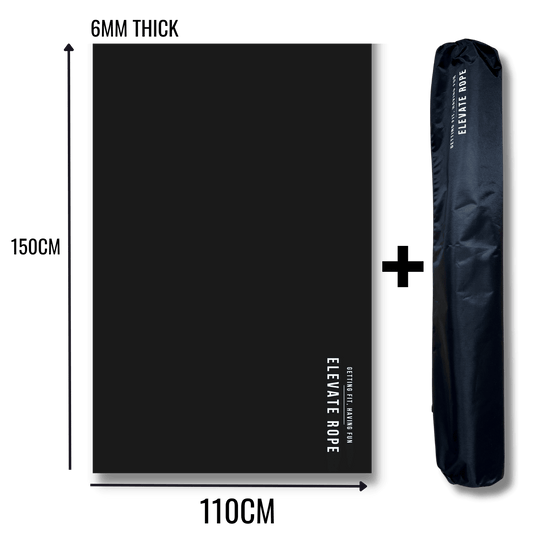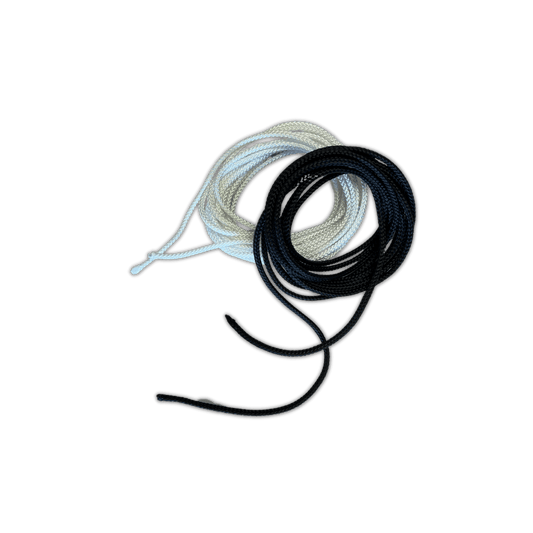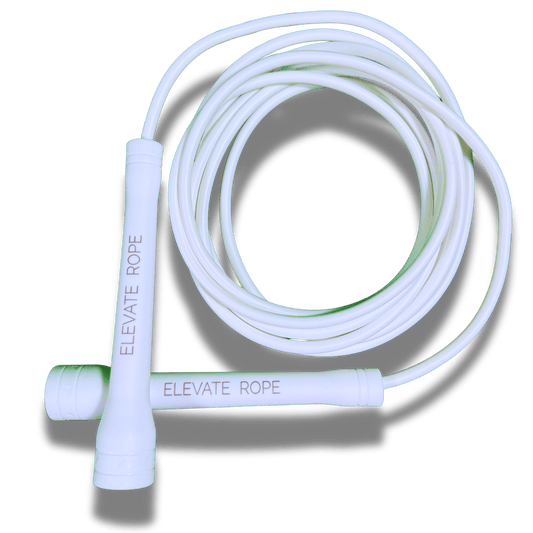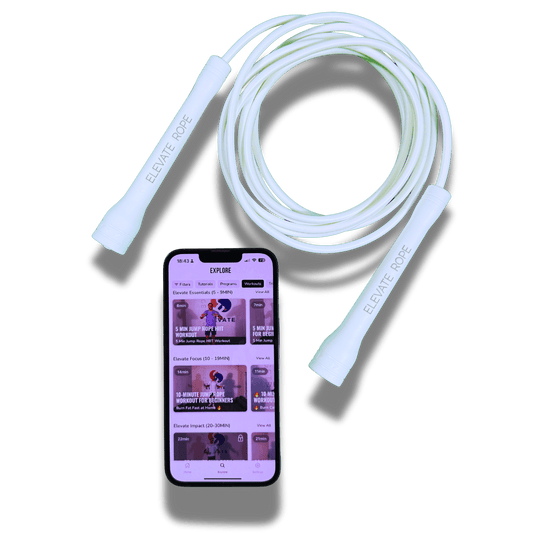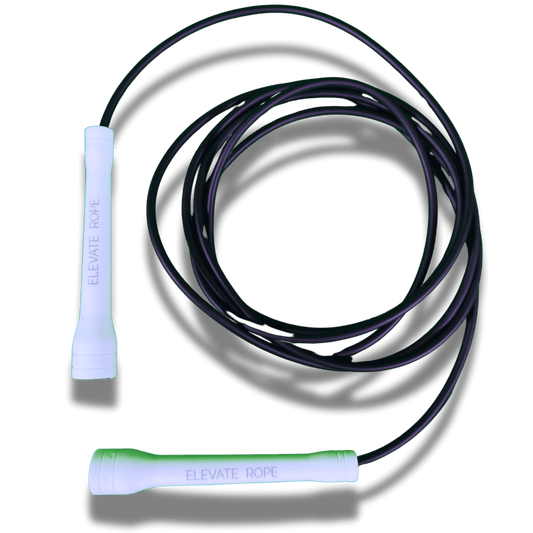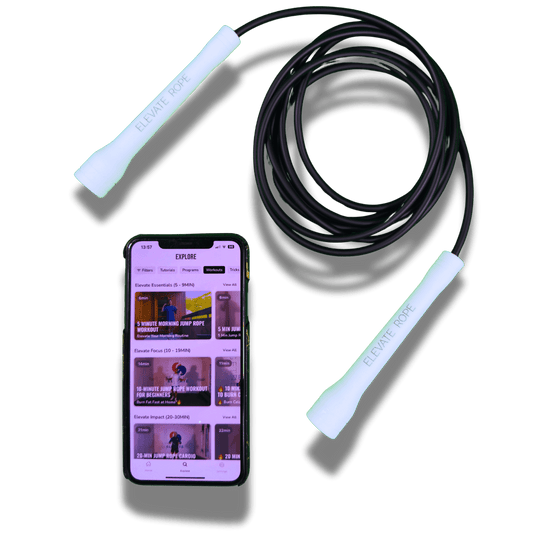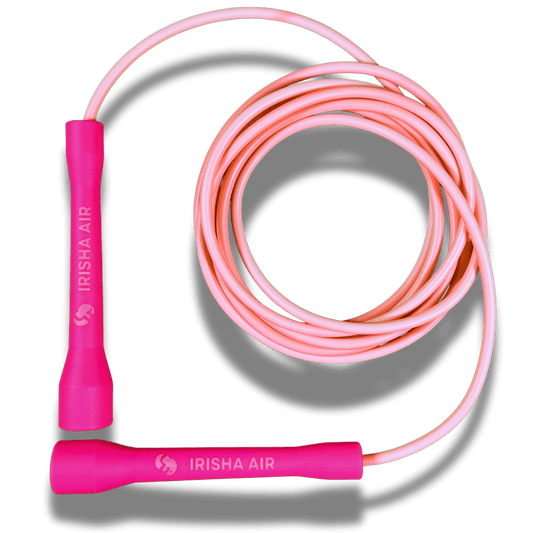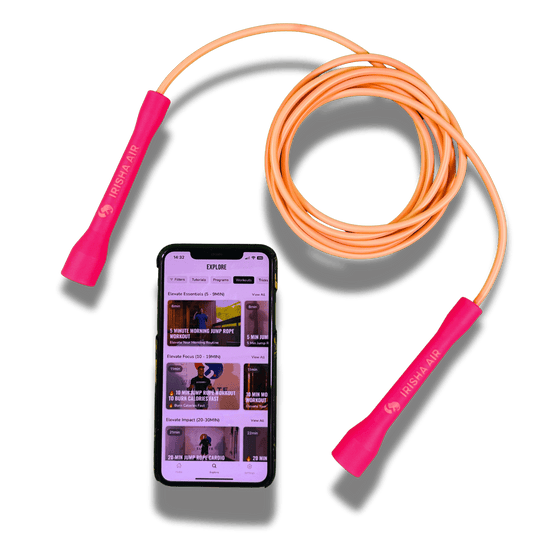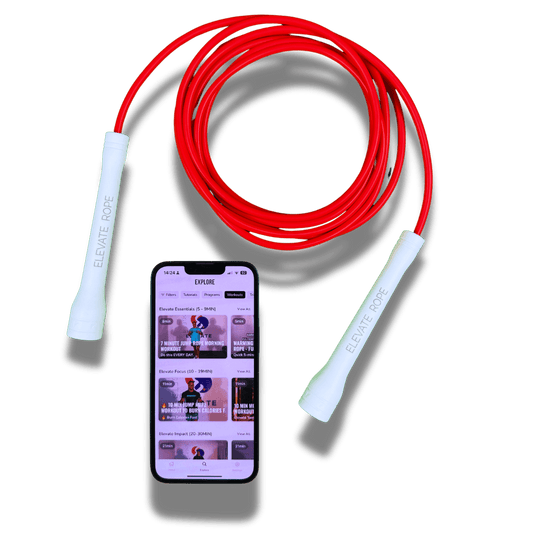Wall ball workouts blend strength, speed, and stamina into a single movement. They are staples in CrossFit boxes, conditioning circuits, and functional fitness regimes for good reason. The dynamic nature of wall ball movements demands coordination, precision, and power—qualities that pay dividends in both sport and daily life. Exercises typically include a squat-to-press motion that challenges nearly every muscle group, especially when performed at high reps.
Technique First: The Foundation of Safe, Effective Movement
Before reaching for heavy loads or increasing repetitions, mastering proper form should be your priority. A classic wall ball shot begins in a deep squat. From there, you explode upward, extending your hips and arms to hurl the ball against a target mounted on a wall—usually around 9 to 10 feet high. Keep your heels grounded throughout the squat, engage your core to stabilise the spine, and aim for a smooth, controlled catch. Maintaining alignment between the knees and toes prevents unnecessary strain, and keeping the chest lifted allows for a clean throw trajectory. For those sourcing gear, wall balls at factoryweights.co.uk offer a variety of options ideal for different training intensities and skill levels. These include weighted balls in multiple sizes, each built with balance and grip in mind.
Key Exercises Beyond the Classic Shot
Wall Ball Squats
This movement emphasises lower body strength and stability. Instead of tossing the ball, hold it close to your chest while performing controlled squats.It’s a useful variation for beginners who are still refining their squat mechanics.
Overhead Throws
Generating force from the hips and core, this motion mimics the explosive drive found in sports like basketball or volleyball. Stand at a moderate distance from the wall and release the ball overhead, following through with your arms to avoid abrupt stops.
Side-to-Side Rotational Tosses
Add a core-focused twist—literally—by pivoting your torso and driving the ball laterally against a wall. It’s ideal for developing oblique strength and improving rotational stability.
Choosing the Right Wall Ball Weight
A common mistake involves selecting a ball that’s either too light to create resistance or too heavy to allow proper form. As a rule of thumb, most women begin with 4–6 kg while men often start with 6–9 kg. That said, individual capacity and workout goals should guide your choice. Beginners should prioritise control and mechanics over intensity. As movement quality improves, gradually increase the load to keep muscles challenged.

Diameter and Texture Matter
Not all wall balls are created equal. Standard models range from 14 to 14.5 inches in diameter. While this doesn’t seem like a huge difference, a slightly smaller ball can feel more manageable for those with smaller frames or limited mobility. Look for an exterior with enough grip to reduce slippage, especially during sweaty sessions. Stitching, material finish, and internal stuffing all contribute to how the ball performs under stress.
Matching the Ball to Your Goals
If endurance is your aim, go lighter and faster with higher repetitions. For power development, opt for heavier loads with fewer throws. Those training for obstacle courses or combat sports might focus on rotational or overhead tosses to mimic real-world movement patterns. Your ideal wall ball will support your primary objective while giving room to grow.
Where to Train: Surface and Wall Considerations
A smooth, flat wall and a clear landing zone are essential for safe execution. Avoid textured surfaces that may cause erratic bounces or abrupt rebounds. Consider marking the target height with tape or paint to ensure consistency. If training indoors, protect the flooring from impact with rubber mats.
Precision Leads to Progress
Effective wall ball training goes far beyond hurling a weighted object repeatedly. It demands control, coordination, and smart equipment selection. Choosing a wall ball that aligns with your capabilities and workout intent can dramatically affect your progression. With the right gear, solid technique, and a tailored approach, you’ll find wall ball exercises to be among the most transformative in any fitness programme.
You May Also Like
1. From Beginner to Pro: Essential Gear Upgrades for Every Sport
3. How to Choose the Right Jump Rope Length for Your Height
4. Speed, Beaded, or Weighted? Find the Best Rope for Your Goals
5. PVC, Cable, or Beaded? How to Pick the Right Jump Rope Material
